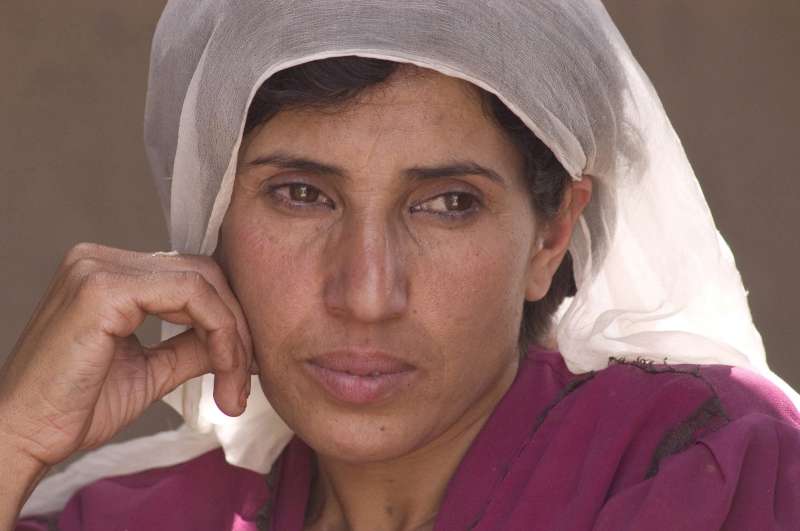 |
| Image source: Department of Health and Ageing |
April 30, 2012
Reform of aged care - a small step
Skilled migration flows to Australia
There has been a distinct shift in the focus of Australia's Migration Program in favour of skilled migration over the last decade or so. As a result, more permanent places are now allocated to skilled migrants than any other category. Migrants entering Australia under the skill stream in 2010–11 accounted for 67.4 per cent of all visas granted to permanent migrants.
Perhaps even more significant is the rise in temporary long-term skilled migration to Australia over the last decade with many of these entrants transitioning to permanent residence over time. In 2009–10, 43 390 temporary migrants who entered Australia originally with a long-stay business (subclass 457) visa, became permanent residents—the majority having been granted permanent employer sponsored visas.
The Parliamentary Library has just published a new paper with more detail on this topic—Skilled migration: temporary and permanent flows to Australia. The paper provides background on migration to Australia since the first immigration department was established in 1945. It also outlines some of the more recent changes that have been made specifically to address labour market concerns and encourage more ‘demand-driven’ sponsored skilled migration. Skilled migration statistics since the 1980s are provided in the appendix.
Other key Parliamentary Library immigration-related papers include:
 |
| Image source: http://www.immi.gov.au/ |
Perhaps even more significant is the rise in temporary long-term skilled migration to Australia over the last decade with many of these entrants transitioning to permanent residence over time. In 2009–10, 43 390 temporary migrants who entered Australia originally with a long-stay business (subclass 457) visa, became permanent residents—the majority having been granted permanent employer sponsored visas.
The Parliamentary Library has just published a new paper with more detail on this topic—Skilled migration: temporary and permanent flows to Australia. The paper provides background on migration to Australia since the first immigration department was established in 1945. It also outlines some of the more recent changes that have been made specifically to address labour market concerns and encourage more ‘demand-driven’ sponsored skilled migration. Skilled migration statistics since the 1980s are provided in the appendix.
Other key Parliamentary Library immigration-related papers include:
- H Spinks, Australia's Migration Program, 2010
- J Phillips, M Klapdor and S Simon-Davies, Migration to Australia since federation: a guide to the statistics, 2010
- E Koleth, Multiculturalism: a review of Australian policy statements and recent debates in Australia and overseas, 2010
- E Koleth, Overseas students: immigration policy changes 1997 to May 2010, 2010.
April 28, 2012
Trading aviation emissions - Part 2
 |
| Image source: Department of Infrastructure and Transport |
April 19, 2012
Calls to waive dentists' debts to Medicare
 |
| Image source: WA Department of Health |
Labels:
dental health
April 13, 2012
Resignation of Senator Bob Brown
 |
| Source: Wikimedia |
April 2, 2012
Asylum levels and trends 2011
 |
| Image source: UNHCR |
Bucking the global trend, Australia experienced a 9 per cent decrease in asylum applications in 2011—the first decrease in six years. This is a reverse of the situation in 2010 when much of Europe experienced a decline in applications while Australia experienced a 33 per cent increase compared to the previous year.
So how significant are these fluctuations and how useful is it to compare asylum trends between Australia and other receiving countries?
Subscribe to:
Posts (Atom)
